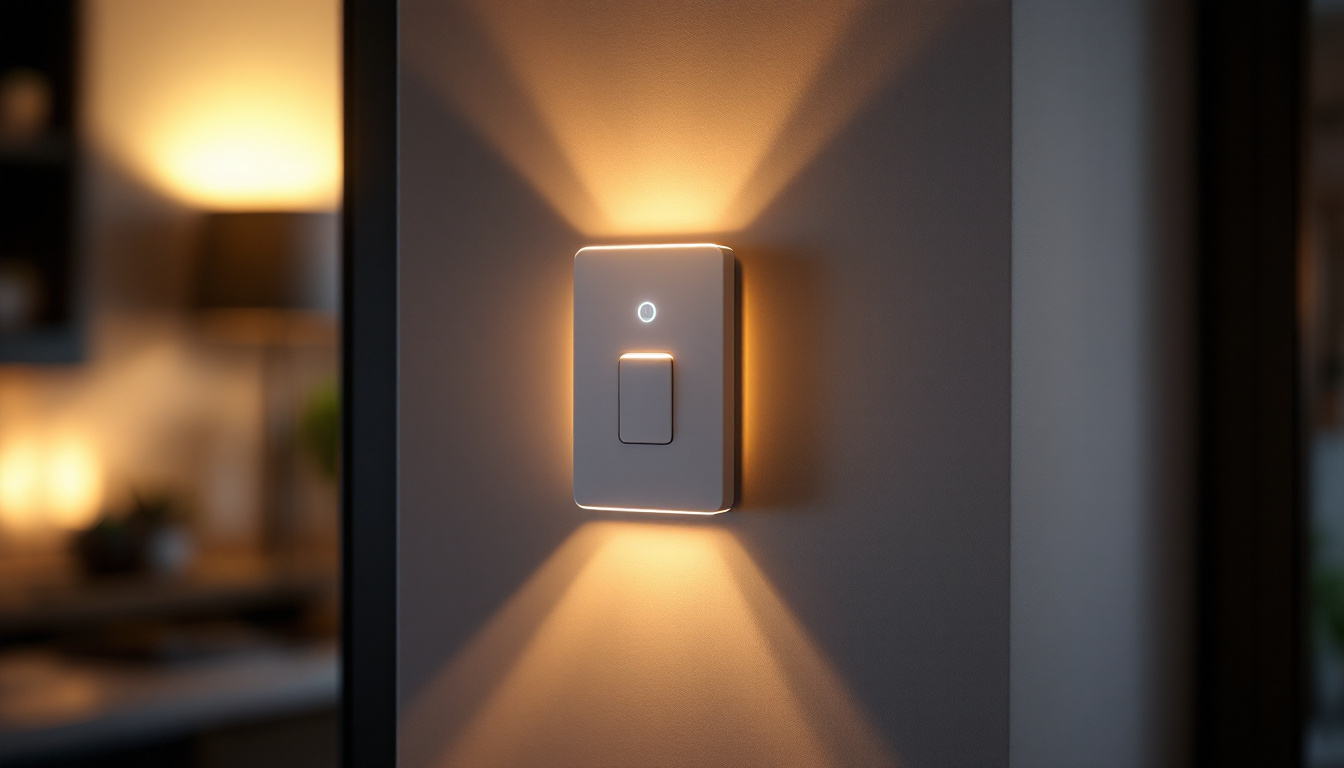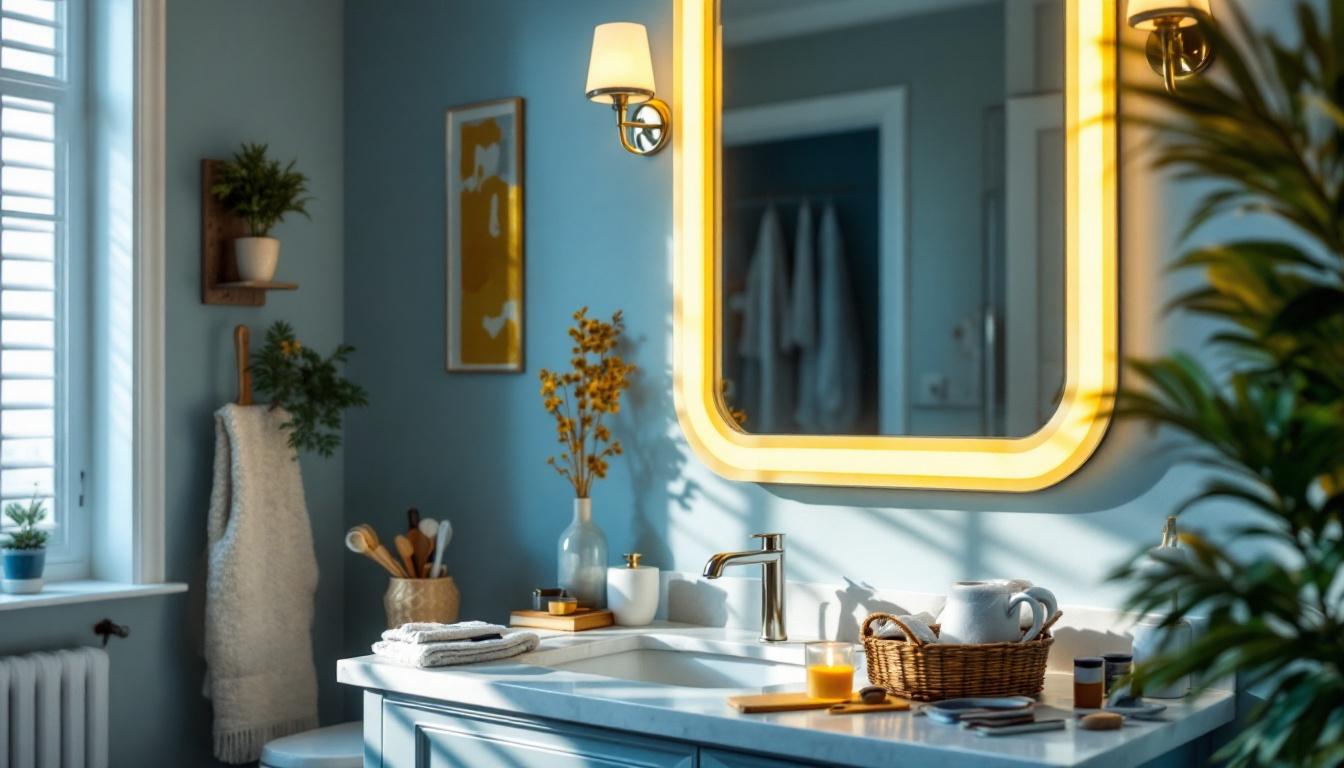
Fluorescent light bulbs have been a staple in the lighting industry for decades, providing energy-efficient solutions for a variety of applications. For lighting contractors, understanding the nuances of fluorescent technology is essential for delivering optimal lighting solutions to clients. This article explores proven methods and best practices for working with fluorescent light bulbs, ensuring that contractors can maximize efficiency, longevity, and customer satisfaction.
Before diving into practical methods, it is crucial to grasp the fundamental principles behind fluorescent lighting. Unlike traditional incandescent bulbs, fluorescent lights work by passing an electric current through a gas-filled tube, which produces ultraviolet light. This UV light then excites a phosphor coating on the inside of the tube, resulting in visible light. The efficiency of this process is what sets fluorescent lighting apart, making it a popular choice for both residential and commercial applications.
In addition to their basic functioning, fluorescent lights also have a unique characteristic known as the “lumen maintenance” factor. This refers to the gradual decrease in light output over time, which is an important consideration for environments requiring consistent lighting levels. Understanding lumen maintenance helps users anticipate when bulbs may need to be replaced, ensuring that spaces remain adequately illuminated.
Fluorescent bulbs come in various shapes and sizes, each designed for specific applications. The most common types include:
Understanding these types allows contractors to recommend the best option based on the client’s needs and the specific environment. For instance, T5 bulbs are particularly favored in spaces with limited ceiling height, as their slim profile allows for more flexible installation options. Additionally, advancements in technology have led to the development of high-output and low-profile variants, further enhancing their versatility in diverse lighting scenarios.
Fluorescent lighting offers several advantages that make it a preferred choice for many contractors:
Moreover, the environmental impact of fluorescent lighting is worth noting. By consuming less energy, these bulbs contribute to lower carbon emissions, making them a more sustainable option compared to traditional lighting solutions. Additionally, many fluorescent bulbs are now designed to be recyclable, further minimizing their ecological footprint. This aspect is increasingly important for businesses and homeowners who are looking to adopt greener practices in their lighting choices.
Proper installation is critical to maximizing the performance of fluorescent lighting. Here are some proven methods that contractors should follow:
When selecting fixtures for fluorescent bulbs, contractors should consider the specific application. For instance, high-bay fixtures are ideal for warehouses and industrial settings, while recessed fixtures work well in office environments. Ensuring compatibility between the bulb type and fixture will enhance performance and efficiency. Additionally, contractors should pay attention to the color temperature of the bulbs, as this can affect the ambiance of the space. Warmer tones may be more suitable for retail environments, creating a welcoming atmosphere, while cooler tones can enhance focus in workspaces.
Fluorescent lights require a ballast to regulate the current flowing to the bulb. There are two main types of ballasts: magnetic and electronic. Electronic ballasts are generally more efficient and provide better performance, including flicker-free operation. Contractors should ensure that the ballast is compatible with the chosen bulb type and is properly installed to avoid issues such as flickering or reduced lifespan. Furthermore, it’s important to consider the energy efficiency ratings of the ballasts, as high-efficiency models can contribute to lower energy costs over time, making them a smart investment for both contractors and clients.
The placement of fluorescent fixtures can significantly impact the quality of light in a space. Contractors should consider the following:
Conducting a lighting design assessment can help determine the best layout for the specific environment. Additionally, it is beneficial to take into account the reflective surfaces within the space, such as walls and ceilings, as these can enhance or diminish the effectiveness of the lighting. For example, lighter-colored walls can reflect more light, thereby reducing the number of fixtures needed and improving overall efficiency. Properly assessing these factors can lead to a well-lit environment that meets both aesthetic and functional needs.
Regular maintenance is essential to ensure the longevity and efficiency of fluorescent lighting systems. Here are some key practices for contractors to follow:
Conducting routine inspections can help identify potential issues before they become significant problems. Look for signs of wear, such as flickering lights or discoloration of the bulbs. Regularly check the ballasts and wiring for any signs of damage or corrosion. It’s also advisable to inspect the electrical connections and sockets to ensure they are secure and free from dust, which can lead to overheating and eventual failure. Keeping a detailed log of inspection findings can help track the performance of the lighting system over time and assist in planning future maintenance activities.
Dust and debris can accumulate on fixtures and bulbs, reducing light output. Contractors should recommend regular cleaning schedules to keep fixtures in optimal condition. Use a damp cloth to wipe down fixtures and bulbs, ensuring that the power is turned off during the cleaning process. Additionally, using a gentle cleaning solution can help remove stubborn grime without damaging the surfaces. Educating clients about the benefits of maintaining clean fixtures can enhance the overall ambiance of a space, as well as improve energy efficiency by maximizing light output.
When a bulb reaches the end of its lifespan, it may flicker or change color. Contractors should educate clients on the signs of aging bulbs and the importance of timely replacements. Additionally, if a ballast fails, it should be replaced promptly to prevent further damage to the lighting system. It’s beneficial to inform clients about the different types of ballasts available, such as electronic and magnetic, and their respective advantages. Providing guidance on energy-efficient bulb options, like compact fluorescent lamps (CFLs) or LED retrofits, can also help clients make informed decisions that reduce their energy consumption and maintenance costs over time.
With growing concerns about energy consumption and environmental impact, contractors must prioritize energy-efficient solutions. Fluorescent lighting offers a sustainable option for clients looking to reduce their carbon footprint.
Fluorescent bulbs are often rated based on their energy efficiency. Familiarizing oneself with these ratings can help contractors make informed recommendations. Look for bulbs with the ENERGY STAR label, which indicates superior efficiency and performance.
Integrating smart lighting controls with fluorescent systems can further enhance energy savings. Options such as occupancy sensors and dimmers allow for automatic adjustments based on usage, significantly reducing energy waste.
Contractors should take the time to educate clients about the benefits of energy-efficient lighting solutions. Highlighting potential savings on energy bills and the positive environmental impact can encourage clients to invest in sustainable options.
Despite their advantages, fluorescent lights are often misunderstood. Addressing common misconceptions can help contractors provide better service and guidance to clients.
Many people associate fluorescent lights with flickering and buzzing sounds. While these issues can occur, they are often the result of faulty ballasts or improper installation. Educating clients on the importance of quality components and professional installation can alleviate concerns.
Some clients may believe that fluorescent lights do not provide adequate color rendering. However, modern fluorescent bulbs are available with high CRI ratings, making them suitable for applications where color accuracy is essential, such as in art galleries or retail spaces.
The lighting industry is continuously evolving, and staying informed about future trends can help contractors remain competitive. While LED technology is gaining popularity, fluorescent lighting still holds a significant place in the market.
Ongoing advancements in fluorescent technology are improving efficiency and performance. Newer designs are being developed to enhance light output while reducing energy consumption, making them a viable option for various applications.
As smart home and building technologies become more prevalent, integrating fluorescent lighting with these systems will be essential. Contractors should explore options for compatibility with smart controls to meet evolving client demands.
Fluorescent light bulbs remain a reliable and efficient choice for lighting contractors. By understanding the technology, implementing best practices for installation and maintenance, and staying informed about industry trends, contractors can provide exceptional service and solutions to their clients. Emphasizing energy efficiency and sustainability will not only enhance customer satisfaction but also contribute to a greener future.
Ultimately, the success of a lighting contractor hinges on their ability to adapt to changing technologies and client needs. By embracing the proven methods outlined in this article, contractors can ensure that they remain at the forefront of the lighting industry, delivering quality solutions that stand the test of time.
Ready to elevate your lighting solutions with the efficiency and sustainability of fluorescent light bulbs? Look no further than LumenWholesale for all your lighting needs. Our commitment to providing contractors with the highest quality, spec-grade lighting products at wholesale prices means you can confidently light up any space while maximizing your profits. Say goodbye to local distributor markups and hello to our extensive selection of reliable lighting options. Plus, with free shipping on bulk orders, you can stock up on premium lighting without the worry of hidden fees. Don’t compromise on quality or value—visit LumenWholesale today and discover the best in wholesale lighting at unbeatable prices.

Discover how integrating motion sensors with light switches can revolutionize your home’s energy efficiency.

Discover innovative cost-saving strategies for lighting contractors with our guide on discount vanity lights.

Discover the top strategies lighting contractors use for ceiling mount light fixtures.

Discover essential conduit wire puller tips for lighting contractors to boost efficiency, reduce installation time by up to 30%, and ensure safe, seamless wiring—get expert insights now!.